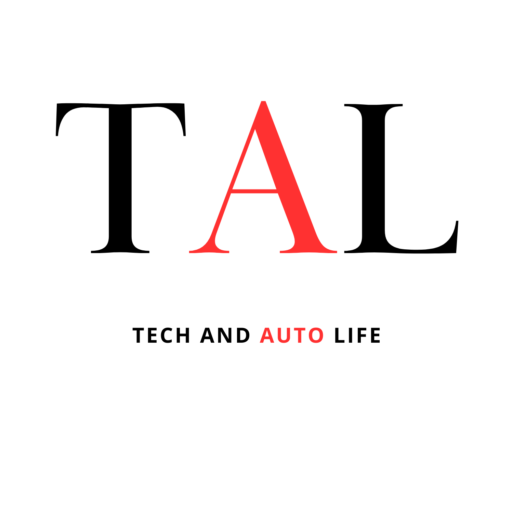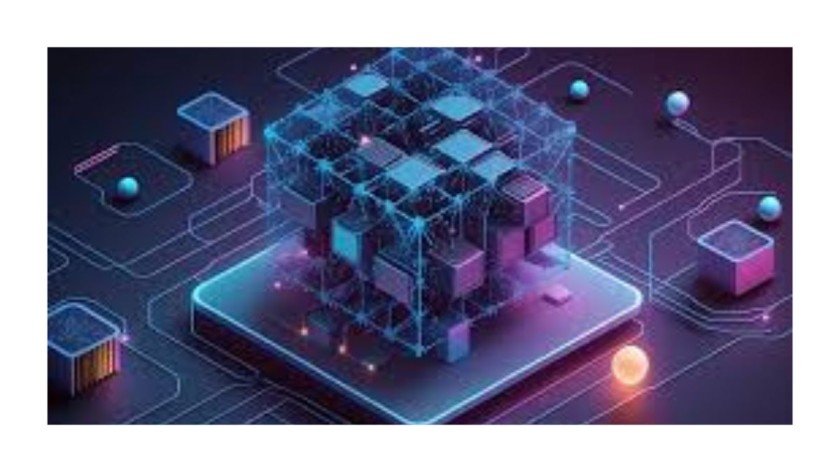Table of Contents
Introduction:
Blockchain technology is undergoing a period of rapid and transformative evolution, significantly impacting a wide range of industries and spurring groundbreaking innovation. Originally conceived as the underlying technology for cryptocurrencies like Bitcoin, blockchain has since expanded its reach far beyond digital currencies. Its decentralized, transparent, and secure nature is now being leveraged to revolutionize sectors such as finance, supply chain management, healthcare, and beyond.
As we progress through, the pace of blockchain development shows no signs of slowing down. This year is poised to bring forth several pivotal trends that will shape the future trajectory of blockchain technology. These trends are not just incremental improvements; they represent substantial advancements that have the potential to redefine industry standards, enhance operational efficiencies, and open up new avenues for business and technological innovation.
In this detailed exploration, we delve into the most significant blockchain technology trends to watch. From the increasing adoption of decentralized finance (DeFi) and the rise of central bank digital currencies (CBDCs) to advancements in blockchain interoperability and the integration of artificial intelligence (AI), we provide a comprehensive overview of the key developments that are set to influence the blockchain landscape this year.
List of Top Blockchain Technology Trends to Watch:
(1) Increased Adoption of Decentralized Finance (DeFi):
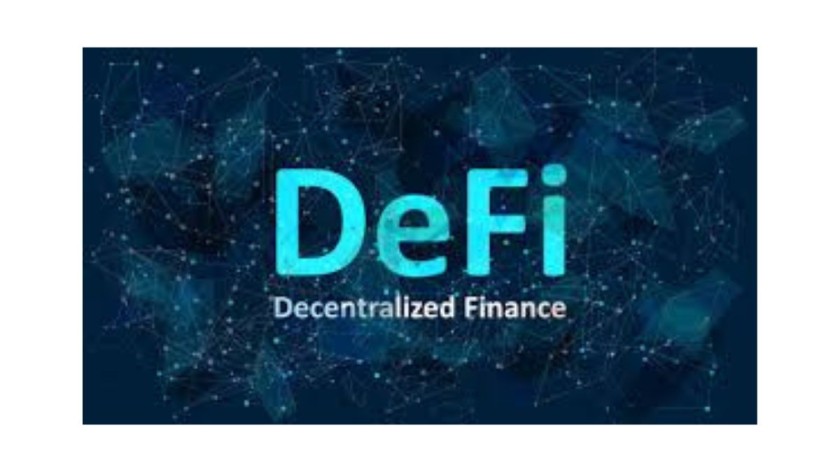
Decentralized Finance, or DeFi, has been a significant trend in the blockchain world for a few years now. DeFi platforms allow users to engage in financial transactions without intermediaries, providing greater accessibility and reducing costs. This trend is expected to gain even more traction, driven by innovations in security, scalability, and user experience.
Detailed Explanation:
- Enhanced Security Measures: DeFi platforms are continually improving their security protocols to protect against hacks and fraud. This includes better smart contract audits, advanced encryption techniques, and multi-factor authentication.
- Improved Scalability Solutions: Scalability has been a challenge for DeFi platforms, but new solutions like Layer 2 protocols and sharding are helping to process transactions more efficiently, reducing congestion and lowering fees.
- User-Friendly Interfaces: To attract more users, DeFi platforms are focusing on creating more intuitive and accessible user interfaces, making it easier for people to navigate and use DeFi services.
(2) Growth of Central Bank Digital Currencies (CBDCs):
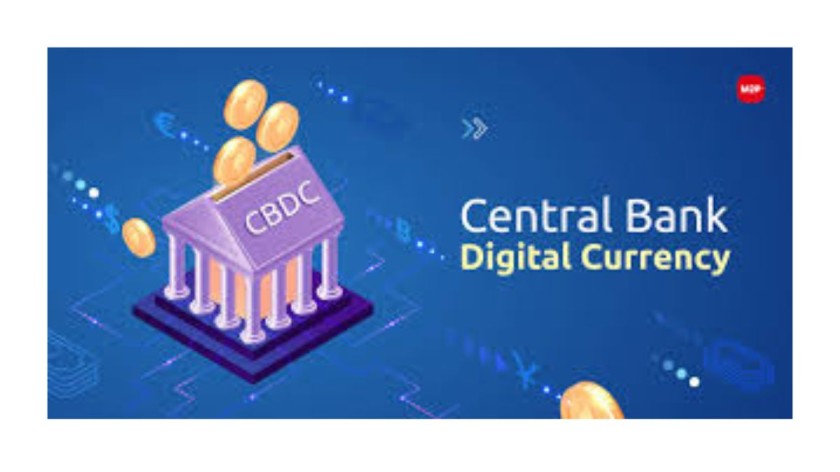
Central Bank Digital Currencies are digital versions of national currencies issued by central banks, more countries are expected to explore and launch their CBDCs. These digital currencies aim to combine the benefits of blockchain technology with the stability of traditional fiat currencies.
Detailed Explanation:
- Increased CBDC Pilot Programs: Countries like China, the Bahamas, and Sweden have already initiated CBDC projects, and more nations are likely to follow. These pilot programs will test the efficacy, security, and scalability of CBDCs in real-world scenarios.
- Enhanced Financial Inclusion: CBDCs can provide unbanked and underbanked populations with access to financial services, fostering greater economic inclusion and reducing the gap between different socio-economic groups.
- Streamlined International Payments: CBDCs can simplify and speed up cross-border transactions, reducing the reliance on intermediaries and lowering transaction costs.
(3) Expansion of Blockchain in Supply Chain Management:

Blockchain’s transparency and immutability make it an ideal solution for supply chain management, more companies are likely to adopt blockchain to enhance traceability, reduce fraud, and improve efficiency in their supply chains.
Detailed Explanation:
- Improved Traceability and Transparency: Blockchain enables the recording of every transaction and movement of goods along the supply chain. This ensures that all parties have access to the same information, enhancing trust and accountability.
- Reduced Fraud and Counterfeiting: With blockchain, it becomes nearly impossible to alter records without detection. This helps in verifying the authenticity of products, especially in industries like pharmaceuticals, luxury goods, and food.
- Enhanced Efficiency in Logistics: Smart contracts can automate various processes in the supply chain, such as payments and inventory management, reducing the need for manual intervention and lowering operational costs.
(4) Advancements in Blockchain Interoperability:
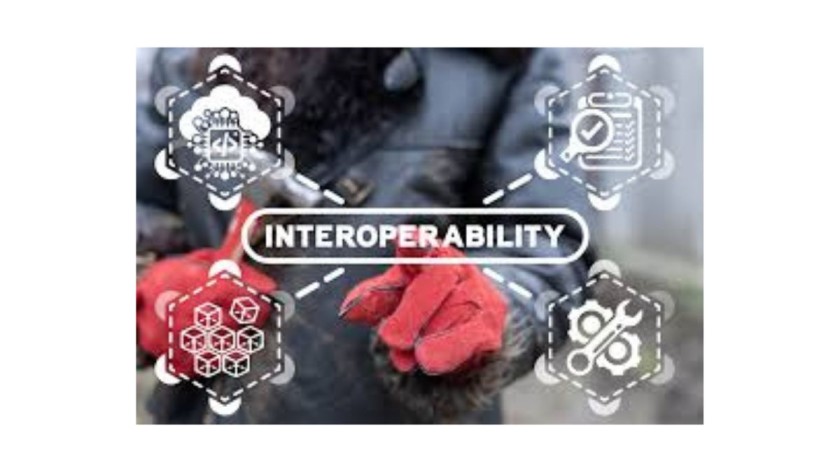
Interoperability between different blockchain networks has been a challenge. However, is set to witness significant advancements in this area. Improved interoperability will enable different blockchains to communicate and share data seamlessly, fostering collaboration and enhancing the overall blockchain ecosystem.
Detailed Explanation:
- Seamless Communication Between Blockchains: Projects like Polkadot and Cosmos are leading the way in creating interoperable blockchain networks, allowing for data and asset transfers across different blockchains without the need for intermediaries.
- Enhanced Collaboration Across Platforms: With better interoperability, developers can build applications that leverage the strengths of multiple blockchains, creating more robust and versatile solutions.
- Growth of Cross-Chain Projects: Cross-chain projects will become more prevalent, providing users with greater flexibility and choice in how they interact with different blockchain ecosystems.
(5) Integration of AI and Blockchain:

The convergence of Artificial Intelligence (AI) and blockchain technology is another trend to watch. AI can enhance blockchain applications by providing smarter analytics, improving decision-making, and automating processes. Conversely, blockchain can offer robust data security and transparency for AI models.
Detailed Explanation:
- Smarter Analytics and Decision-Making: AI can analyze vast amounts of data stored on blockchains to identify patterns and insights, helping businesses make informed decisions.
- Automated Processes: AI-driven smart contracts can execute tasks automatically based on predefined conditions, reducing the need for manual intervention and increasing efficiency.
- Enhanced Data Security for AI Models: Blockchain’s immutable nature ensures the integrity and authenticity of data used by AI models, protecting against tampering and ensuring reliable outputs.
(6) Rise of Non-Fungible Tokens (NFTs) 2.0:
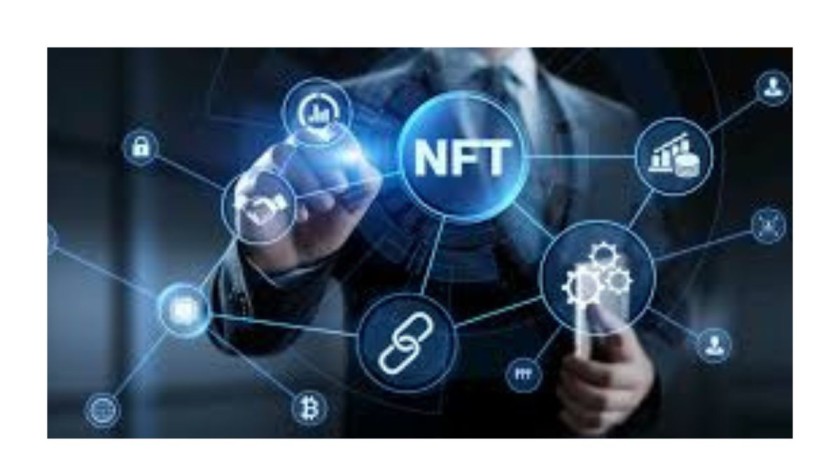
While NFTs have already gained widespread popularity, will see the emergence of NFTs 2.0. This new wave of NFTs will focus on utility beyond digital art and collectibles. Expect to see NFTs used for real estate, intellectual property, and even as a means of digital identity verification.
Detailed Explanation:
- Expanded Use Cases for NFTs: NFTs will move beyond the realm of digital art to include practical applications such as real estate tokenization, where property ownership can be represented by NFTs and intellectual property rights management.
- Real Estate and Intellectual Property Applications: NFTs can simplify the process of buying, selling, and transferring real estate and intellectual property by providing a clear, verifiable record of ownership.
- Digital Identity Verification: NFTs can be used to create unique digital identities that are secure and easily verifiable, enhancing online security and privacy.
(7) Sustainable and Green Blockchain Initiatives:

As concerns about climate change intensify, the blockchain community is increasingly focused on sustainability, we will see more efforts to develop eco-friendly blockchain solutions. This includes adopting energy-efficient consensus mechanisms, like Proof of Stake (PoS), and investing in carbon offset projects.
Detailed Explanation:
- Energy-Efficient Consensus Mechanisms: Proof of Stake (PoS) and other less energy-intensive consensus mechanisms are becoming more popular, reducing the environmental impact of blockchain networks.
- Investment in Carbon Offset Projects: Blockchain companies are investing in carbon offset projects to mitigate their carbon footprint and promote sustainability.
- Eco-Friendly Blockchain Solutions: Developers are creating new blockchain applications that prioritize environmental sustainability, such as supply chain management systems that track and reduce carbon emissions.
Conclusion:
The blockchain landscape is set to be dynamic and transformative. From the rise of DeFi and CBDCs to advancements in interoperability and AI integration, the trends outlined above highlight the immense potential of blockchain technology. As these trends unfold, they will not only drive innovation but also create new opportunities across various industries. Staying informed about these developments will be crucial for anyone involved in the blockchain space.
Stay tuned to our blog for more insights and updates on the latest trends in blockchain technology!
Read More- Chat GPT vs Gemini Chatbot
FAQ-
What is Decentralized Finance (DeFi)?
Decentralized Finance (DeFi) refers to a set of financial services that operate on blockchain technology, removing the need for traditional intermediaries like banks. DeFi platforms offer services such as lending, borrowing, and trading directly to users, often with lower fees and increased transparency.
How are Central Bank Digital Currencies (CBDCs) different from cryptocurrencies?
CBDCs are digital versions of national currencies issued and regulated by central banks. Unlike cryptocurrencies, which are decentralized and often volatile, CBDCs aim to combine the benefits of blockchain technology with the stability and trust of traditional fiat currencies.
Why is blockchain important for supply chain management?
Blockchain enhances supply chain management by providing a transparent and immutable record of transactions. This improves traceability, reduces fraud, and increases efficiency in logistics and inventory management, ensuring the authenticity and provenance of goods.
What is blockchain interoperability?
Blockchain interoperability refers to the ability of different blockchain networks to communicate and share data seamlessly. This allows for more cohesive and versatile blockchain applications, enabling different systems to work together effectively.
How does AI integrate with blockchain technology?
AI can enhance blockchain applications by providing smarter analytics, automating processes, and improving decision-making. Conversely, blockchain can offer robust data security and transparency for AI models, ensuring the integrity and reliability of the data used.
What are Non-Fungible Tokens (NFTs) 2.0?
NFTs 2.0 represent the next generation of non-fungible tokens, focusing on practical applications beyond digital art and collectibles. This includes use cases in real estate, intellectual property, and digital identity verification, providing tangible value and utility.
What are some examples of sustainable blockchain initiatives?
Sustainable blockchain initiatives include adopting energy-efficient consensus mechanisms like Proof of Stake (PoS) and investing in carbon offset projects. These efforts aim to reduce the environmental impact of blockchain operations and promote eco-friendly practices.
Why is DeFi expected to grow in 2024?
DeFi is expected to grow in 2024 due to ongoing innovations in security, scalability, and user experience. These improvements will make DeFi platforms more accessible, efficient, and secure, attracting more users and increasing adoption.
How will CBDCs impact the global financial system?
CBDCs have the potential to enhance financial inclusion, streamline cross-border transactions, and provide a more stable and regulated digital currency option. This could revolutionize monetary systems and offer more efficient and secure financial services globally.
What advancements are being made in blockchain scalability?
Advancements in blockchain scalability include the development of Layer 2 solutions and sharding techniques. These approaches aim to increase the transaction processing capacity of blockchain networks, reducing congestion and lowering transaction fees.
How can blockchain improve digital identity verification?
Blockchain can provide a secure and immutable record of digital identities, ensuring that identity verification processes are more reliable and less prone to fraud. NFTs 2.0 can play a significant role in this by representing unique digital identities on the blockchain.
What are the key benefits of using blockchain in healthcare?
In healthcare, blockchain can enhance data security, streamline patient records management, and improve the traceability of pharmaceuticals. This leads to better patient care, reduced fraud, and more efficient healthcare delivery systems.
